The Forking Paths
WeChat Subscription Account
Customer Service
WeChat: theshopwechat
Email: mail@theshop.art
Online time:
(GMT+8) 11:00-18:00 Mon.- Fri.
Except for CN national holidays



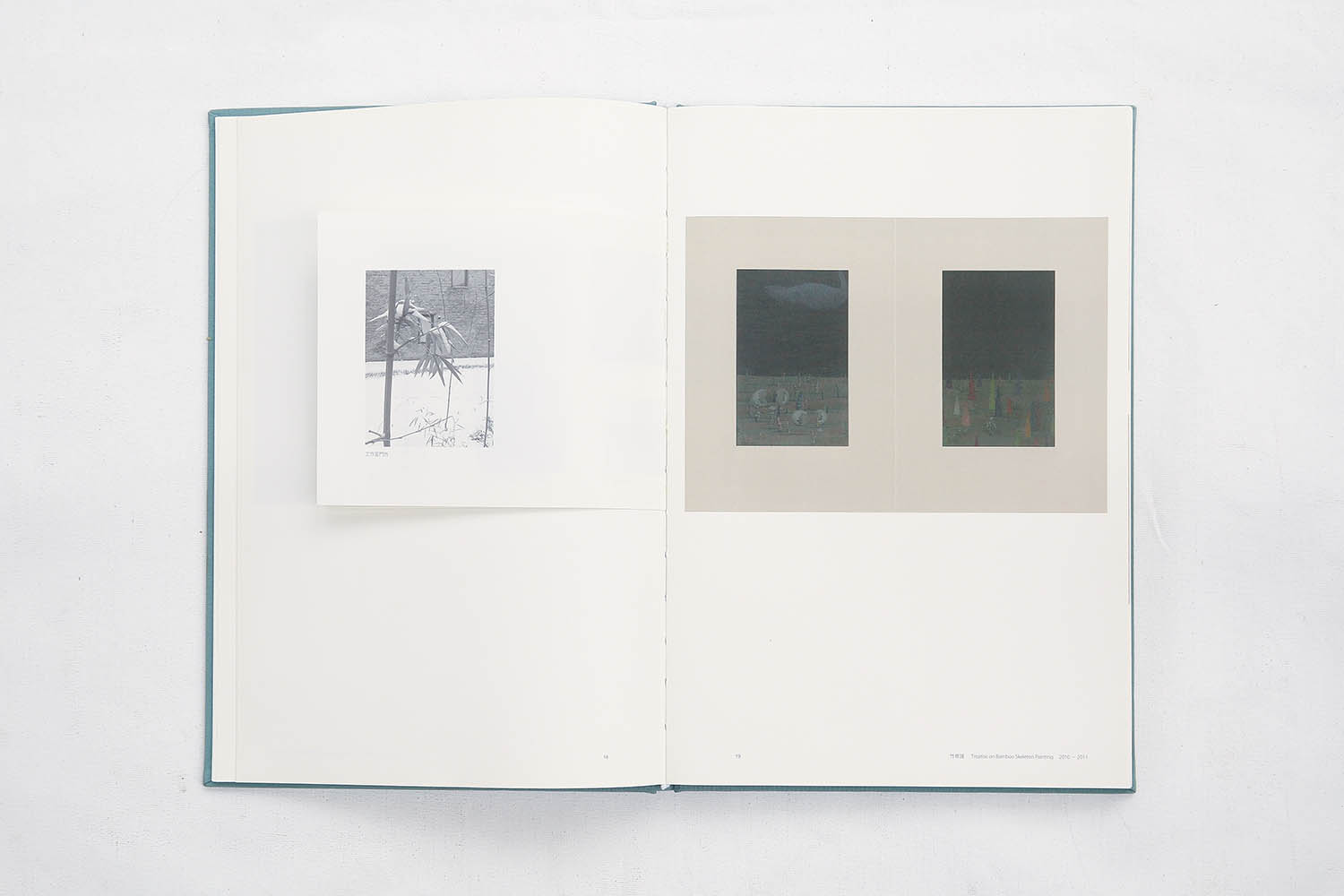
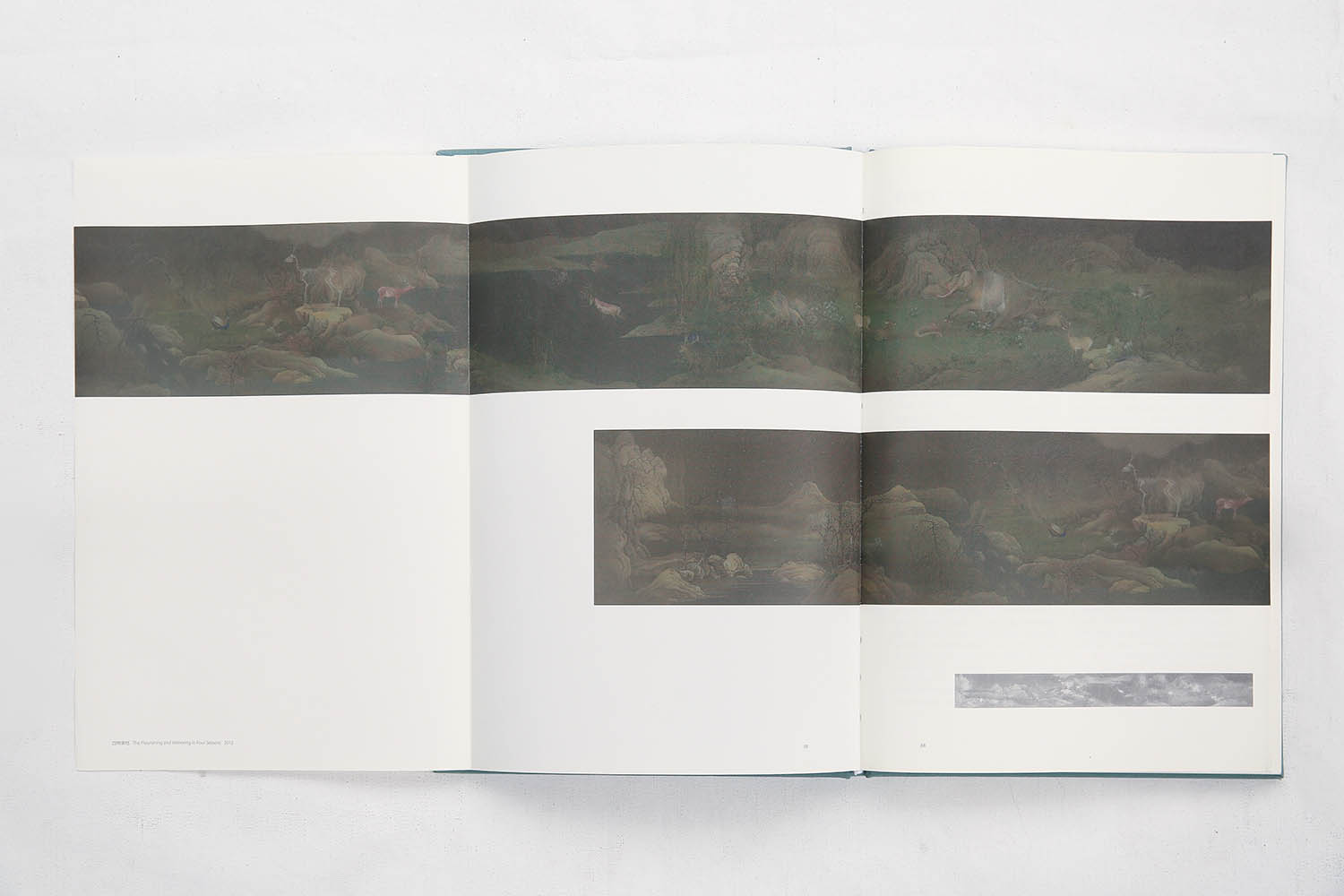

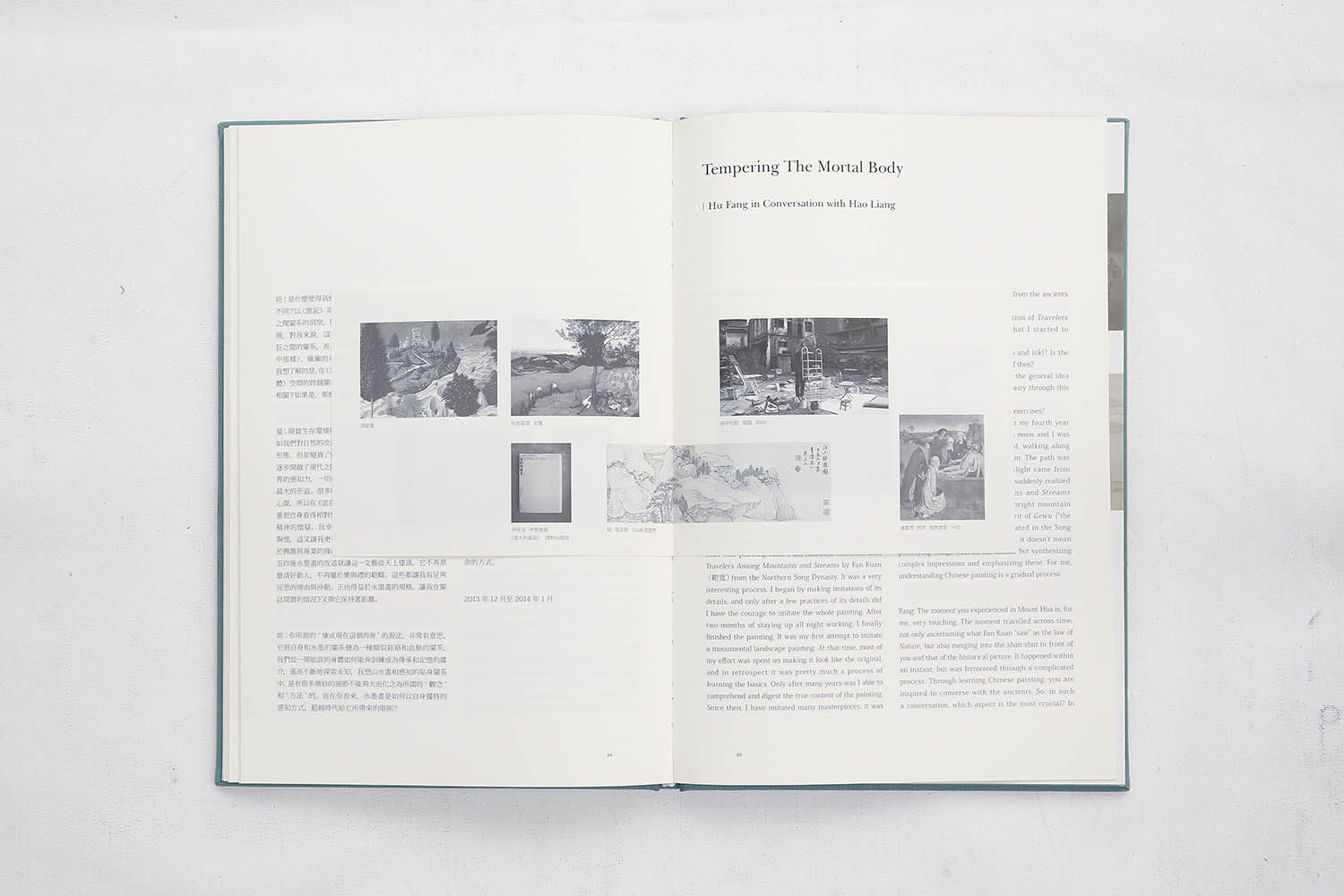

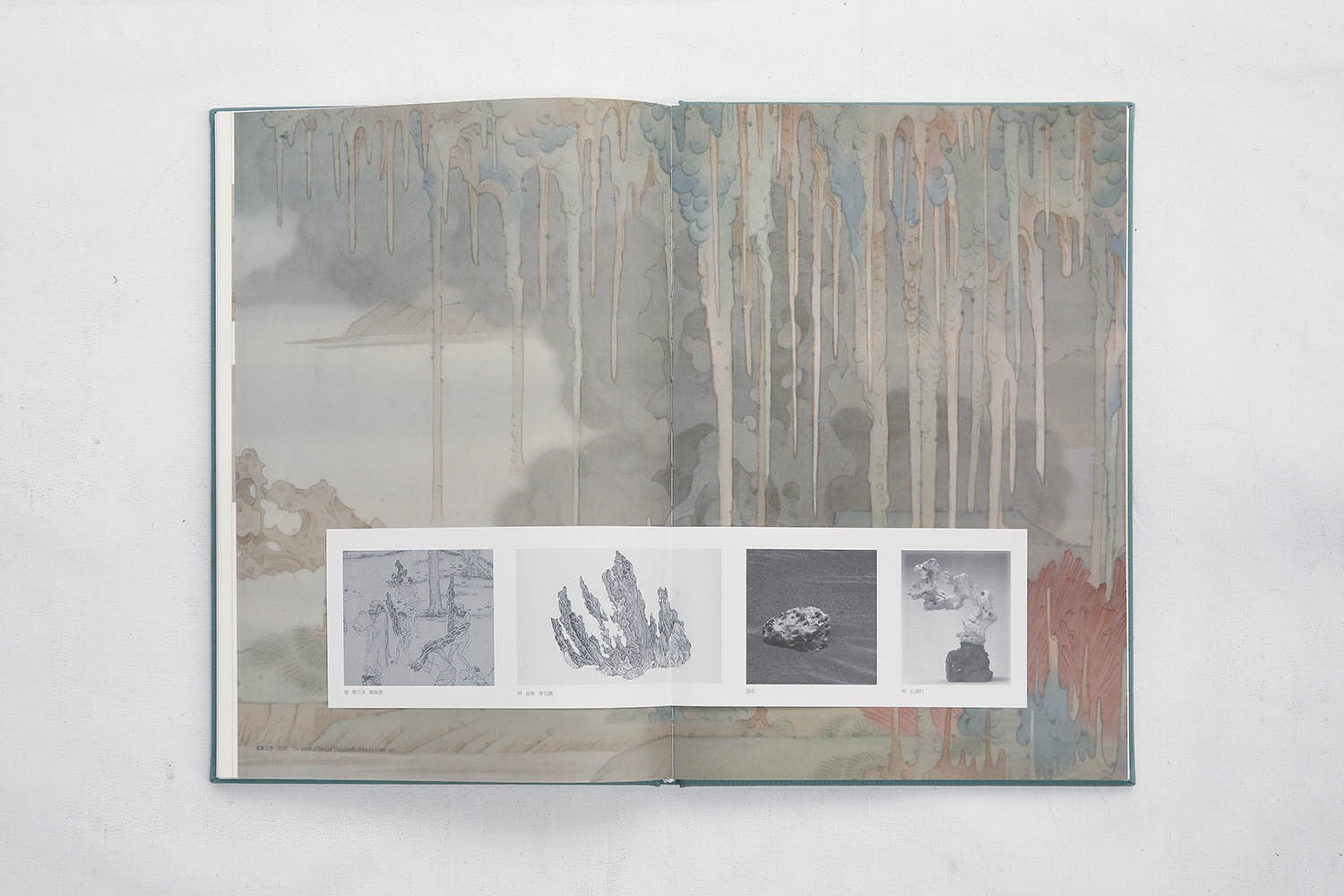
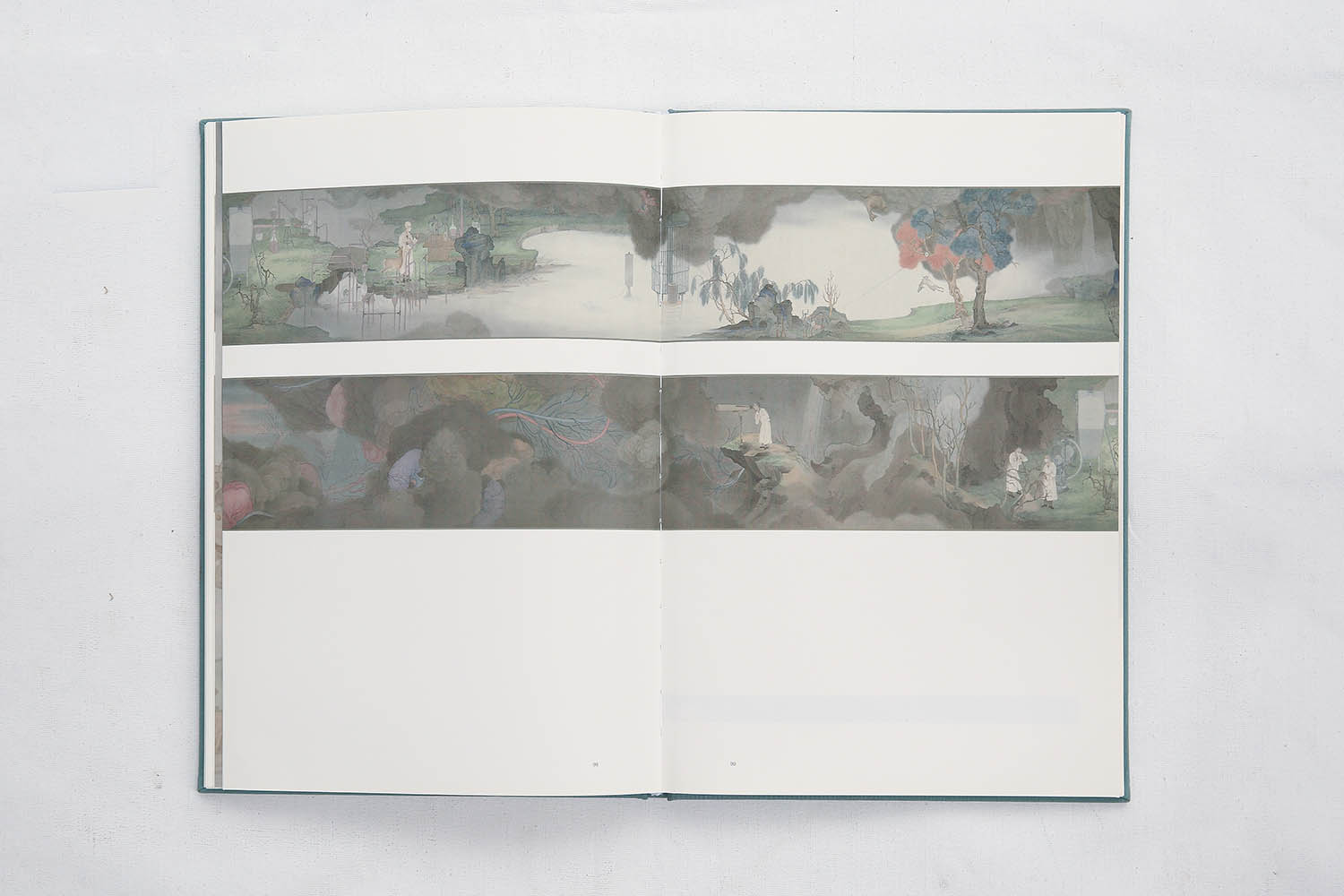
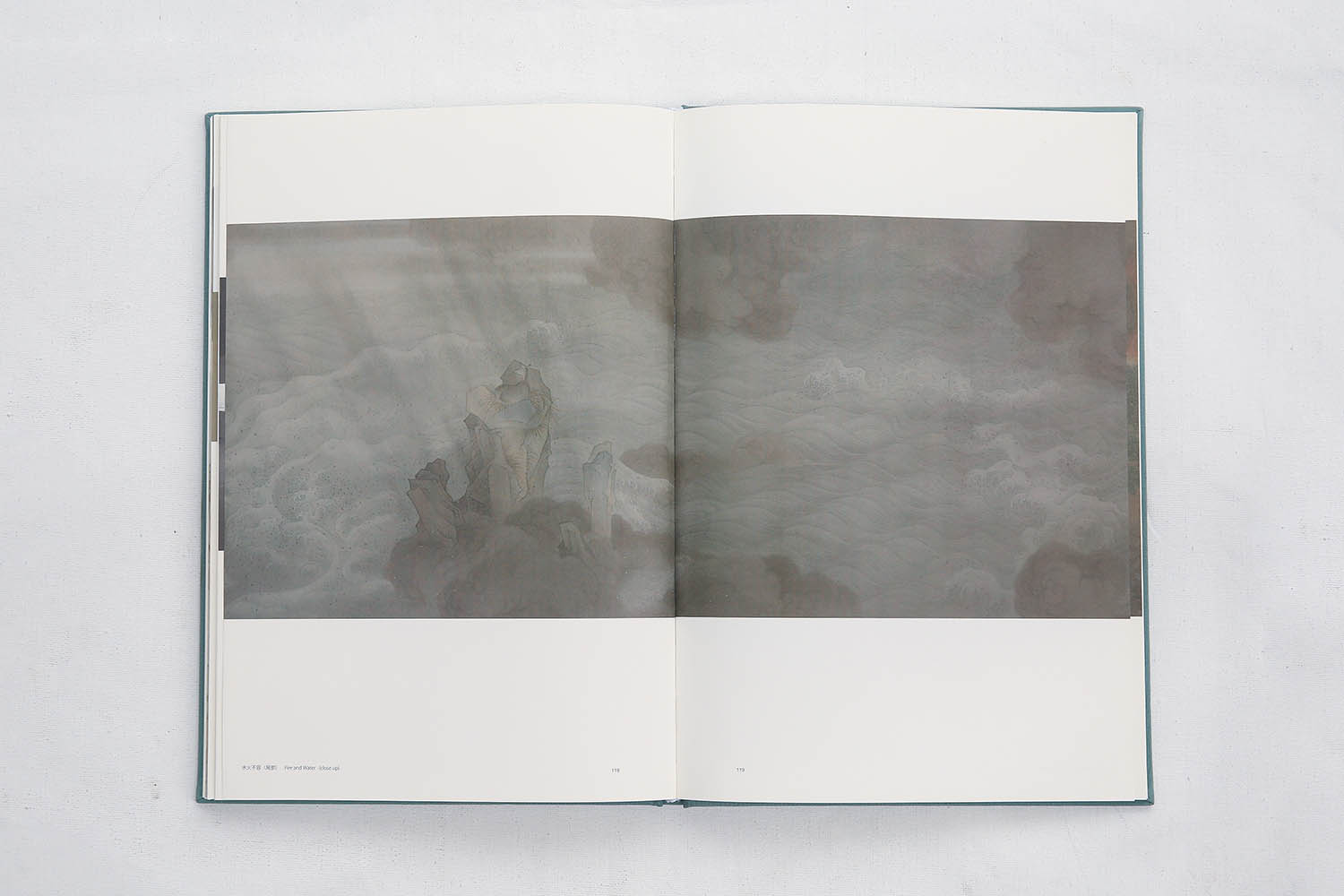
As basic operations which make up his working mode, “inquiry” and “transformation” are the two-fold guiding thread of Hao Liang’s creative process. “Inquiry” refers to immersion in the ancient textual milieu for the purpose of excavation. This does not stop with figuring out isolated artefacts; it also requires tracking down their background and chains of transmission. This search for linkages, which optimally should be done by scholars, has become a daily habit and even a preoccupation. Though not set down in writing, the findings are stored in his mind until they gradually resolve into operable threads. To dig up the work of predecessors is not enough. He must further “transform” them into something bearing his own stamp. We will see that the characteristic stamp which Hao imparts s due precisely to that depth of immersion, wherein lies the duality of his creative message: the minor tradition of the uncanny narrative is magnified, and at the same time essential mysteries of ink-and-wash are probed. The painter engages with these interwoven aspects in a mode one could call deconstructive-or more precisely reconfigurative. The reconfiguration is carried out in a fragmentary, allusive and fanciful manner, coalescing into a perceptible overall outline. As this outline emerges, we are made aware of what a firm, grand substrate we once possessed that allowed for such liminal potency. Such was the ancient worldview that was hidden at the core of traditional painting.
His attitude towards tradition is not simply telling stories with “cultural symbols”, but to activate traditional “perception” of these “cultural symbols”… His meticulously edited “images” and “verses”, whether in the textual references of allusions, or the collection of jottings, are all centered on the reconception of traditional knowledge, and thus “reconfronts” the intellectual structure that has been differentiated by rational logic. His images no longer haggle us with a holistic cultural view, but to disperse fragmented “experience” in particular visual proposals. Just as his reading of the classics, that lacks the ambition to build an overall knowledge system, but the process of experiencing “quenching the daily thirst”.
Hu Fang: What made today’s environment for making ink and wash painting so different from the ancient times? For example, The Tale of Cloud reflects your insights about the relationship between science and alchemy, that is, how witchcraft and divination can be the origin of modern rationality. I see in it the boundary between rationality and madness created by the modernity project, and it is the existence of the seeds of mutation (like those in anecdotal novels) and madness that is making the crossing of times become possible. What I’d like to understand better is how is the crossing from the external space (nature landscape) to the internal space (human body) in The Tale of Cloud relates to your living conditions in contemporary time? If so, what is the key challenge?
HaoLiang: The changes taking place in our reality and living environment indeed leads to a lot of questioning and contemplating. The remoulding of the natural landscape will not destroy the physical and material forms of mountains, tress and streams, but their relations and conditions have been altered. While the scientific revolution were gradually opening the gate to the modern age, we were also losing the ability to perceive the world with our body. Conventions were established. It is the greatest tragedy of man’s individual existence. I always concern on our scientific way of living, thus in The Tale of Cloud I illustrate a conversion of space to make the body more enormous than the external world. In fact, it represents my suspicions of the scientific spirit. Luckily, I have ink and wash painting, a non-scientific medium, to express my emotions. It brings me closer to the ancients, and it tempers my mortal body. Because of my interest and my profession I have more questions about science and modernity. For example, the reformation of ink and wash painting after the May Forth Movement in 1919 dragged the art form down from heaven; it was no longer noble and profound, and it no longer belonged to the traditional“ritual and music” system. All of these have given us enough reason and motivation to reflect on its current situation. Meanwhile the specificity of ink and wash painting helps me to keep a distance while observing reality.
The Forking Paths
WeChat Subscription Account
Customer Service
WeChat: theshopwechat
Email: mail@theshop.art
Online time:
(GMT+8) 11:00-18:00 Mon.- Fri.
Except for CN national holidays
Size: 30.5 × 21 cm
Page: 130
Year: 2014